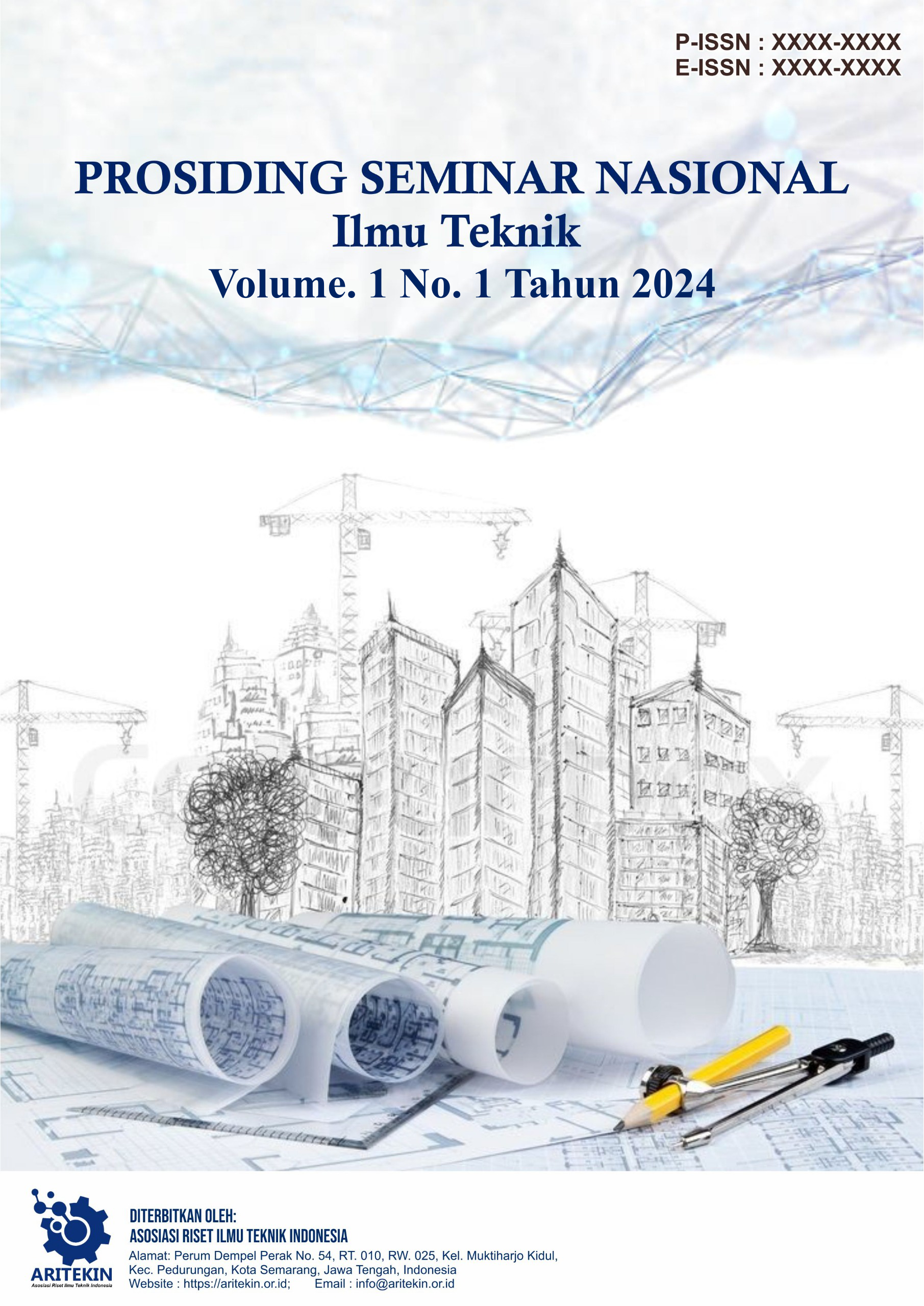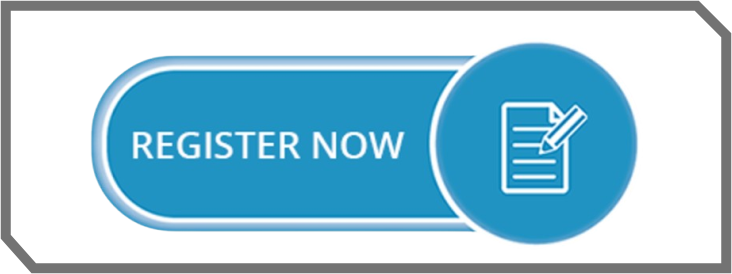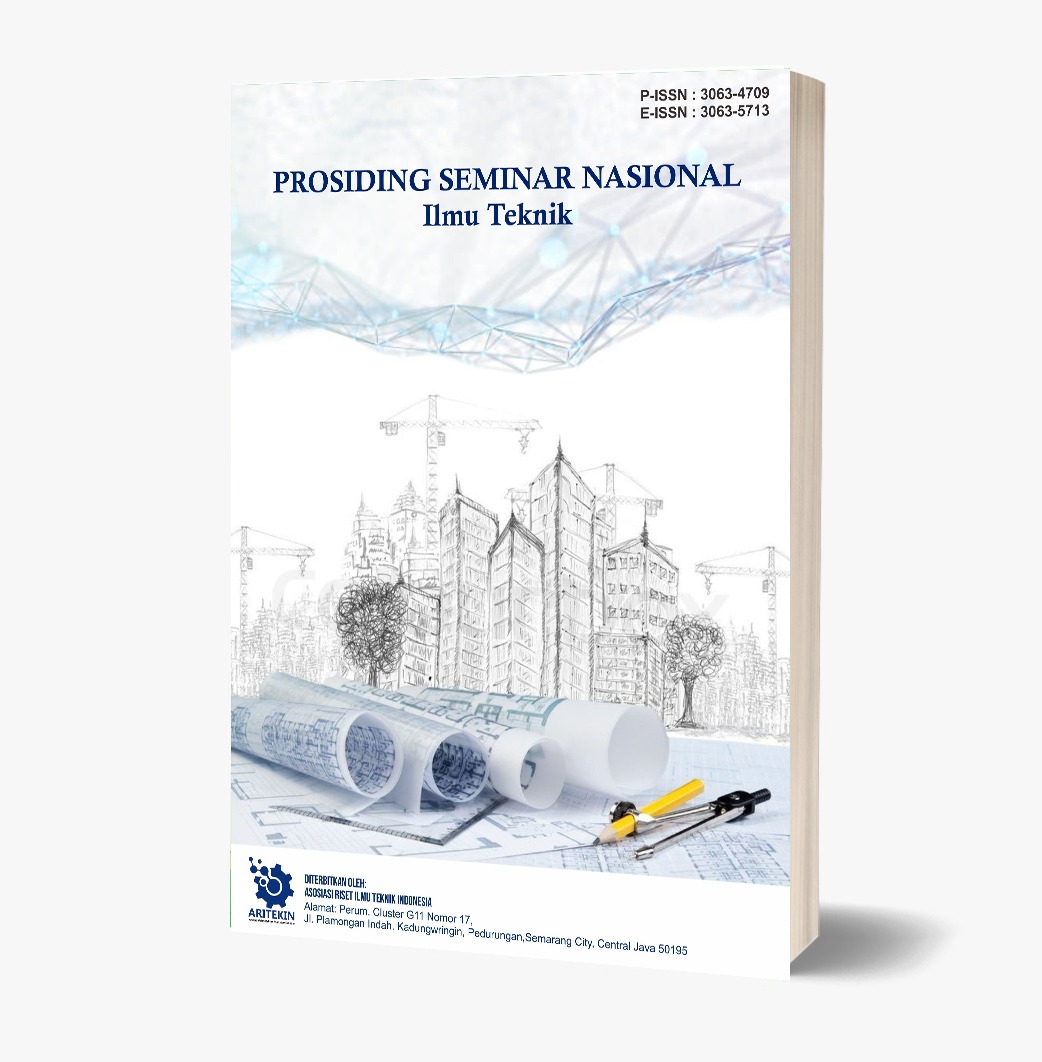Analisis Risiko Pembangunan Kapal Bertenaga Listrik dan Surya Untuk Mendukung Net Zero Emisi
DOI:
https://doi.org/10.61132/prosemnasproit.v1i1.5Keywords:
ship, electricity, solar emissions, industryAbstract
Vehicle electrification is becoming a growing trend in the transportation industry due to environmental concerns. Therefore, various global efforts are being made to develop electric-driven ships using environmentally friendly energy sources such as batteries. In the implementation of electric and solar-powered shipbuilding, there is always the potential for delays in completion. This is very detrimental to shipyard owners and even ship owners because it is not to the initial plan. Shipyard owners and shipowners must bear greater or unexpected costs due to delays in work. Other risks also have the potential to arise when electric and solar-powered ships are completed until operation. Delays in the completion of electric and solar-powered shipbuilding can be caused by various things. Through this research, the risk analysis of the development of the electric and solar-powered ship industry is discussed in terms of several aspects, namely market, legal, technical, socio-economic environmental, and financial aspects.
References
Damar, E. A., and P. Sali. 2022. “Q Methodology: A Concise Overview.” Methodological Innovations in Research and Academic Writing 1–17. https://doi.org/10.4018/978-1-7998-8283-1.ch001.
Energy Efficient Control for Electric Ship Propulsion Considering Thrust Fluctuation in Regular Waves.
Hanafi, (2006). Manajemen Risiko Operasional. Jakarta: Pendidikan dan Pembinaan Manajemen.
Hoseini, E., M. Hertogh, and M. Bosch-Rekveldt. 2019. “Developing a Generic Risk Maturity Model (GRMM) for Evaluating Risk Management in Construction Projects.” Journal of Risk Research 24 (7): 889–908. https://doi.org/10.1080/13669877.2019.1646309.
International Maritime Organization (IMO). (2020). MEPC75MEPC 75-7-15. REDUCTION of GHG EMISSIONS FROM SHIPS. Fourth IMO GHG Study 2020-Final report. Retrieved from; http://www.imo.org/en/About/Pages/Default.aspx.
Jigar Doshi & Darshak Desai (2016); Application of Failure Mode & Effect Analysis (Fmea) for Continuous Quality Improvement – Multiple Case Studies In Automobile SMES, International Journal for Quality Research 11(2) 345–360 ISSN 1800-6450.
McDermott, R., E., Mikulak, R., J., & Beauregard, M., R. (2009). The Basic of FMEA 2nd Edition. New York: Taylor & Francis Group.
McKeown, B., and D. Thomas. 2009. Q Methodology. California: Sage Publications.
Medi Prihandono, Bambang Syairudin, Buana Ma’ruf. 2017. “Shipbuilding Risks Analysis Case Study Of New Build Pertamina Tanker 3.500 Dwt On Pt. Dumas Tanjung Perak Shipyards”.
Muhajirin, Dewi Kartikasari , Waluyo, Siti Sadiah , Dany H P. (2023). Risk analysis of dual fuel tug ship design in maritime technology development innovation program – BRIN, e-ISSN: 2580-0914.
Nasir B. Siraj and Aminah Robinson Fayek. "Risk Identification and Common Risks in Construction: Literature Review and Content Analysis." 2019.
Phebe Asantewaa Owusu & Samuel Asumadu-Sarkodie | (2016) A review of renewable energy sources, sustainability issues and climate change mitigation, Cogent Engineering, 3:1, 1167990, DOI: 10.1080/23311916.2016.1167990
PMI (Project Management Institute). 2021. A Guide to the Project Management Body of Knowledge (PMBOK® Guide- 7th ed).” Pennsylvania: Project Management Institute.
Seyed Shamseddin Alizadeh,(2015) “Failure modes and effects analysis (FMEA) technique”, Department of Occupational Health Engineering, Health Faculty, Tabriz University of Medical Sciences, Tabriz, IRAN.
Downloads
Published
Issue
Section
License
Copyright (c) 2024 Prosiding Seminar Nasional Ilmu Teknik

This work is licensed under a Creative Commons Attribution-ShareAlike 4.0 International License.







